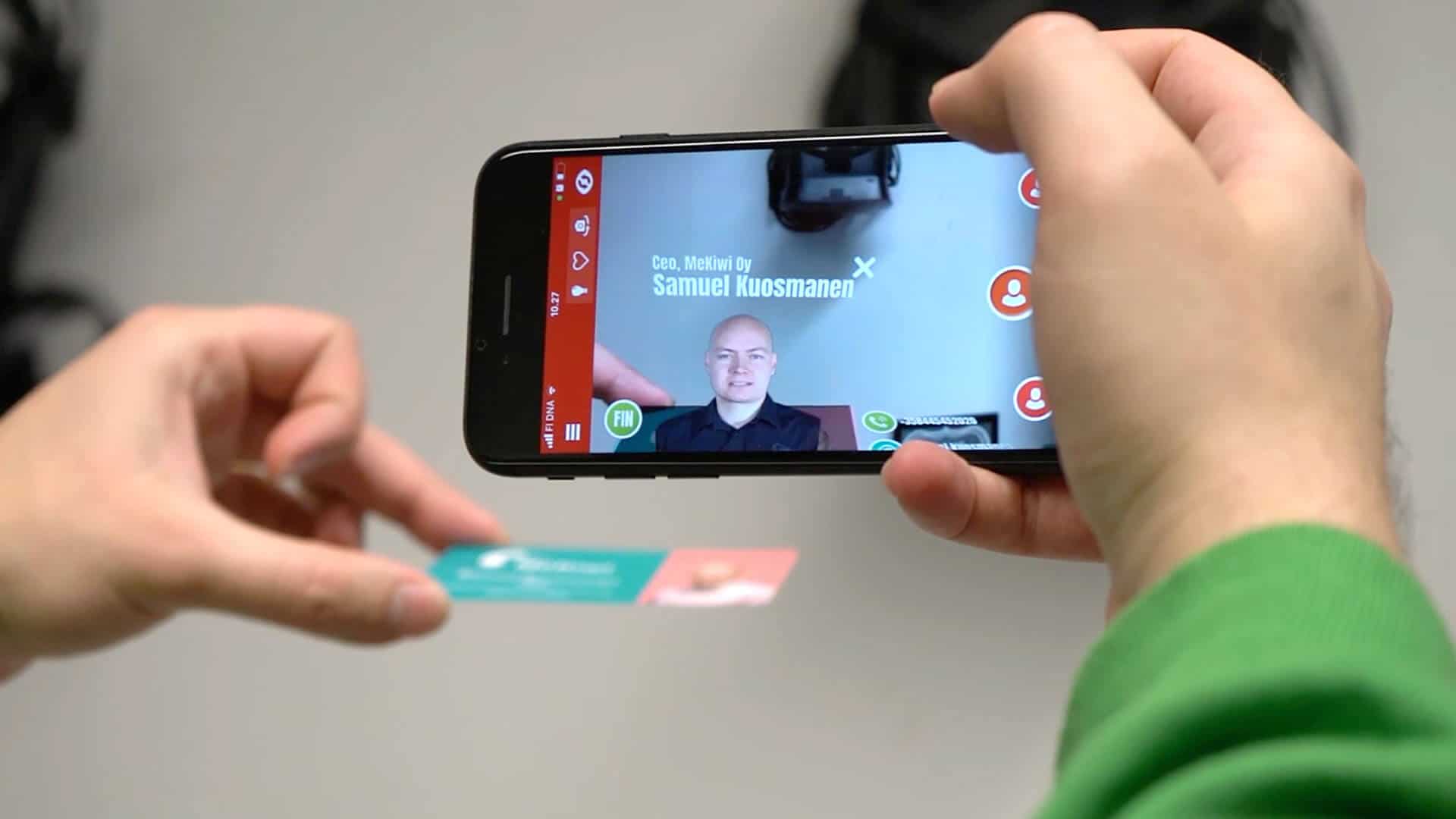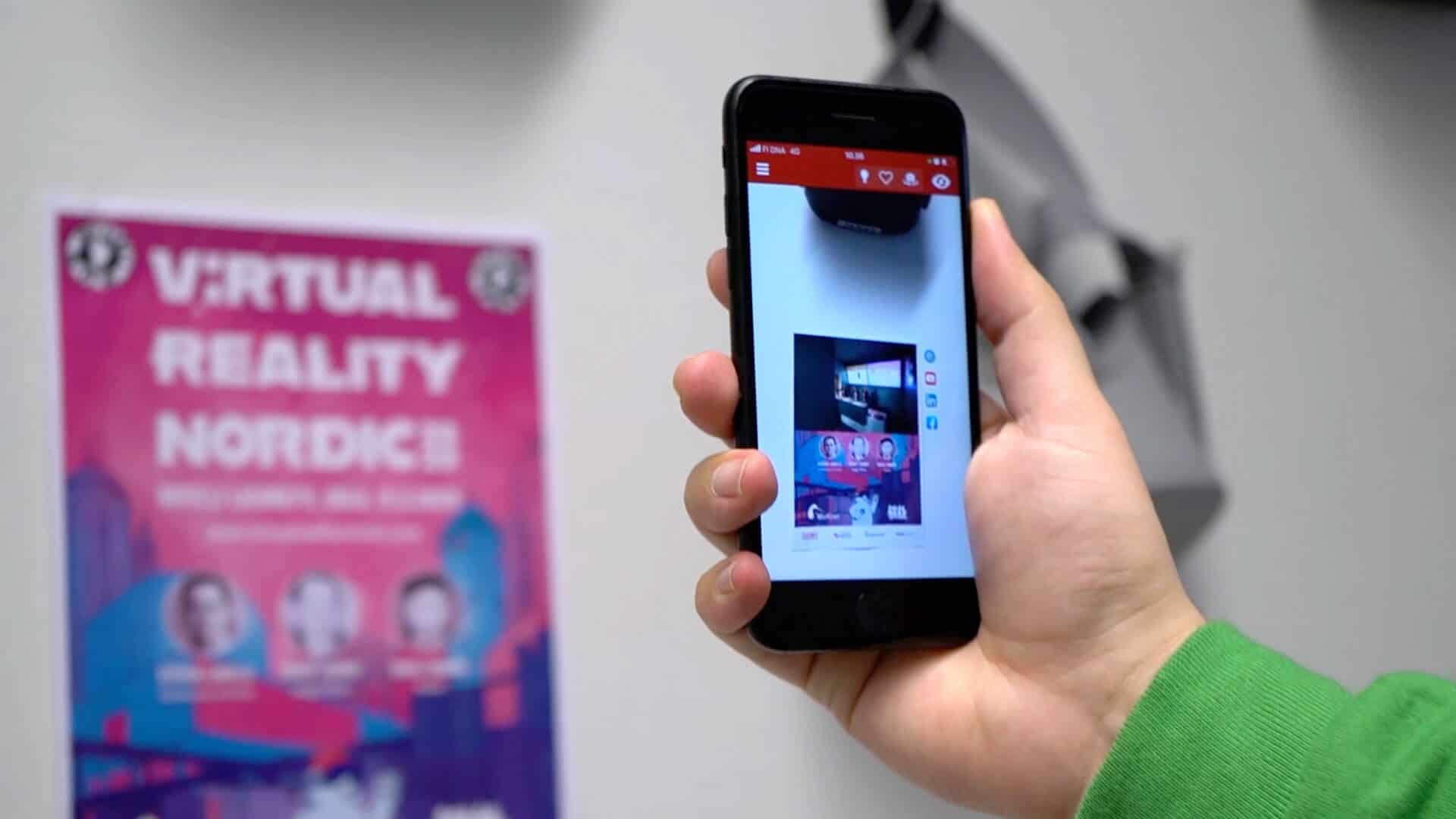Augmented reality, best known as AR, is more common than you think.
You’ve probably tried it at least once without noticing, because AR has been one of the rising trends in technology since 2017! The most common examples of AR are the Snapchat and Instagram face filters that most of us have tried at least once.
If you feel like you aren’t familiar with it yet don’t worry, as we’ve put together a short and helpful explanation of what augmented reality (AR) is, how it works, and how it differs from virtual reality (VR); and most importantly, how your business or school can benefit from AR technology!
What does augmented reality (AR) mean?
AR is short for Augmented Reality which is the software technology that expands our physical world by adding digital items into it. Unlike Virtual Reality (VR), it does not create a whole new digital world but integrates digitally created content into our existing environment.
You can directly see the augmented reality in action in an existing environment, such as a digital dragon flying in your living room. Unlike virtual reality (VR), you can access augmented reality (AR) content without wearing an headset. AR can be displayed on various devices: screens, glasses, handheld devices, head-mounted displays and mobile phones – which makes it accessible for almost anyone, anywhere as long as there is a mobile device.
What’s the difference between VR and AR?
Augmented Reality (AR) is a technology that brings and connects computer-generated, 3D-designed objects to your real world. Virtual reality (VR) consists of a fully computer-generated virtual world where the user can experience a completely immersive virtual experience.

Is Augmented Reality (AR) really the future?
No, it is the present and the future. We all use augmented reality one way or another. All the face filters you can use with your phone are part of the augmented reality. When you buy a new sofa from an online store and you can test what it would look like in your living room, that is also augmented reality.
How Can I Use Augmented Reality (AR) In my Business?
Thanks to its compatibility and ability to run on mobile devices, you can integrate AR virtually anywhere in your business. The biggest advantage is that you do not necessarily need to download a separate app, WebAR works directly in your browser. The consumer clicks a button or goes to your website to start the AR experience.
Examples of how to use AR:
- Product catalogs: Digital or printed product catalogs. With augmented reality, consumers can place your product digitally in their own environment and check them with 3D models.
- Storytelling: Want to tell the story of your 200-year-old restaurant? Or maybe the tale of a medieval town? You can bring your story to life by creating interactive augmented reality content and lead the reader on this journey. Augmented reality makes cultural experiences unique and memorable.
- Online stores: With the touch of a button, users can place 3D models of products on the kitchen table, watch product videos or ask questions.
- Events: Create digitally interactive event posters that allow visitors to experience augmented reality using their phone’s camera.
- Tourism: useful information on destinations, sightseeing attractions, navigation, and directions.
- Buildings: Provide visitors with information and digital content, directions and promotional materials. Can be utilized, for example, in hospitals, shopping malls and stadiums.
- Product brochures: Offer product information, troubleshooting assistance and pre-purchase experience through augmented reality (AR) applications.

MeKiwi can help you design and implement interactive, memorable and relevant augmented reality (AR) experiences that add value to your brand. Augmented reality solutions allow brands to improve their visibility, build loyalty, engage and increase sales as needed.
Need ideas on how to use AR technology for your business?
Contact our AR expert, tai soita 0447510096.




